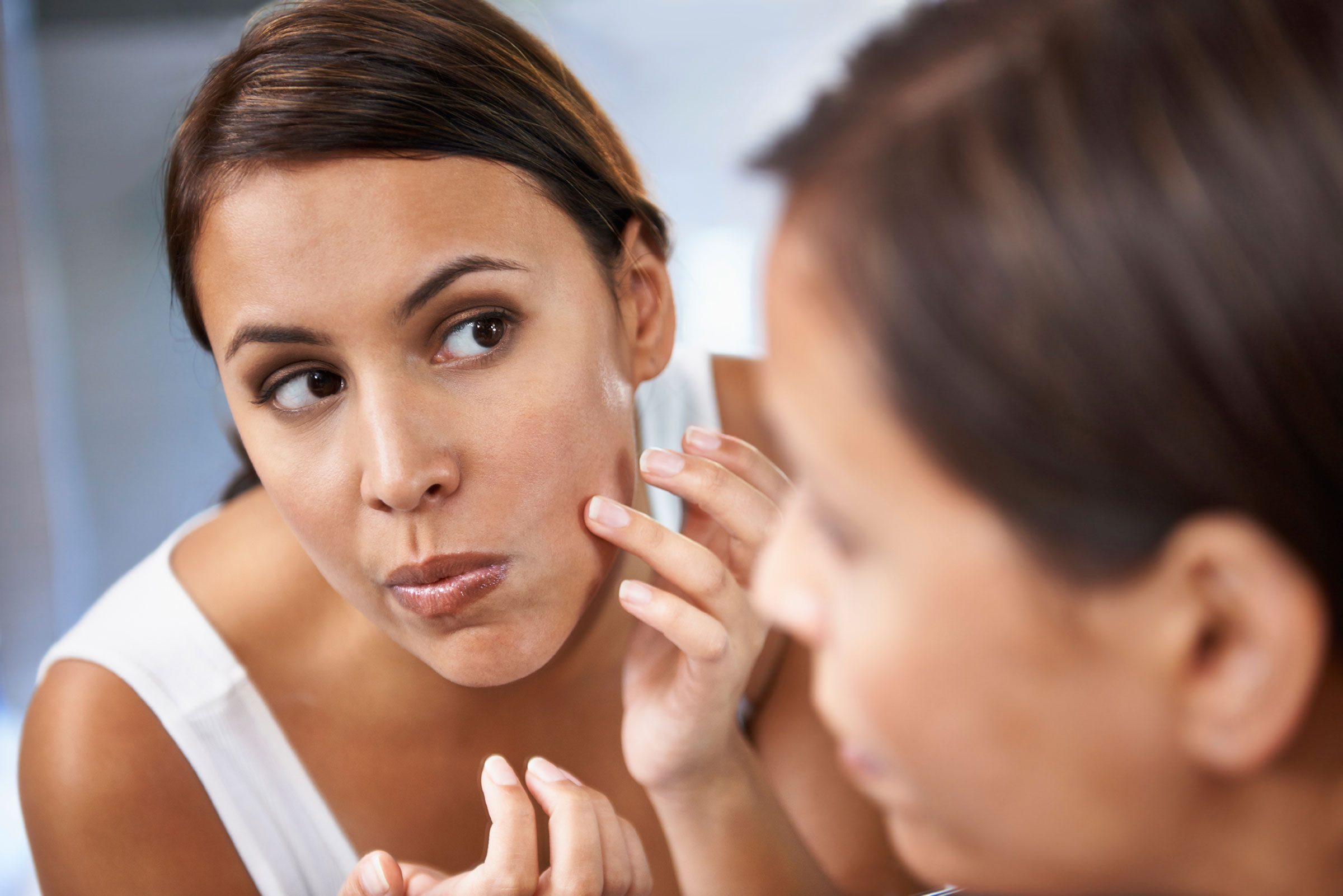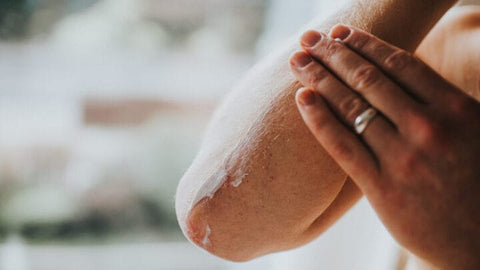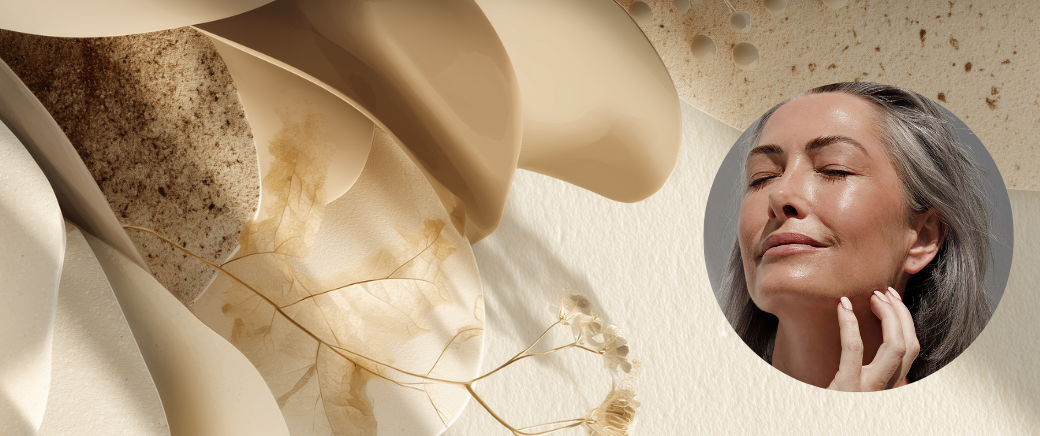
Dry or Dehydrated Skin: Which One Are You?
Now that spring is in full swing, the sun’s starting to shine again and the flowers are blooming. But when your skin is feeling dull and dry, it can be hard to enjoy the season.
And what’s even worse? When no moisturizer seems to work!
Don’t worry: your skin is not just difficult. In fact, you may be treating your skin for dryness, when in fact it could just be dehydrated.
And in this article, we’re giving quick tips on how to know if your skin is dry or dehydrated, and what you can do about it!
The Fundamental Differences
So you may be thinking: how can there be a difference between dry and dehydrated skin? Is there really a difference?
While there are several similarities, there are certainly some fundamental differences between dry and dehydrated skin.
When you have dry skin, this is simply the genetic structure on your skin: there are fewer sebaceous glands on the body, so your skin tends to produce less oil overall. One of the plus sides to dry skin is that breakouts are less common. One of the down sides, however, is that your skin may age more rapidly if not properly cared for.
Dehydrated skin, on the other hand, is more of a temporary condition caused by outside factors; specifically, a lack of water. Anyone can experience dehydrated skin, even if their skin type is on the oilier side.
The bottom line is this: dry skin means less oil, and dehydrated skin means less water.
Still not sure which one you’re experiencing? Here’s a little trick.
How To Determine If Your Skin Is Dry Or Dehydrated?
So here’s a quick way to tell whether you have dry or dehydrated skin, and it’s known as the pinch test. While this isn’t a surefire way to determine what’s going on with your skin, it can give you a better perspective overall.
For the pinch test, gently pinch a bit of skin that’s easy to gather but still a little taut, such as your cheek, forearm, or the back of your hand. If your skin takes a few moments to bounce back, it is likely that you are experiencing dehydration. If your skin snaps back into place instantly, it is probable that you are not dehydrated and may simply have dry skin.
Other signs of dehydrated skin include dark circles under your eyes, fine lines and wrinkles with heightened sensitivity, and itchiness.
On the other hand, dry skin tends to involve flakiness and dullness, redness, and irritation. Additionally, those with dry skin may also experience conditions such as eczema and psoriasis.
Whether it’s dry or dehydrated, there are ways to nourish and soothe your skin. And once you know which condition you’re experiencing, you can determine which methods to go by.
What To Do For Dry Skin

When you have dry skin, moisturizing is the name of the game.
Treating your skin with moisturizing emollients is going to help your skin retain water more effectively, and can preserve a more youthful look in the long run.
Nut and plant-based oils make wonderful moisturizers for dry skin, including coconut oil, avocado oil, and jojoba oil. Hyaluronic acid also does wonders by penetrating the skin with hydration. In fact, hyaluronic acid holds up to 1000x its weight in water!
Aside from skincare, sleeping with a humidifier can also keep your skin from drying out at night.
If your dry skin’s frequently accompanied by irritation, redness, and rashes, it’s always a good idea to contact a dermatologist about the best course of action, as you may have a deeper underlying condition.
What To Do For Dehydrated Skin
If your skin is dehydrated, your body’s dehydrated. So above all, make sure you’re drinking plenty of water throughout the day. Incorporating foods with high water content is also useful here, so go for snacks like watermelon, cucumbers, celery, and strawberries when you’re feeling peckish.
That being said, you can also hydrate your skin with ingredients like glycerin, aloe vera, and ceramides.
Ready for happier, healthier skin? On our blog, you’ll find countless strategies and tips for feeding your natural glow.




